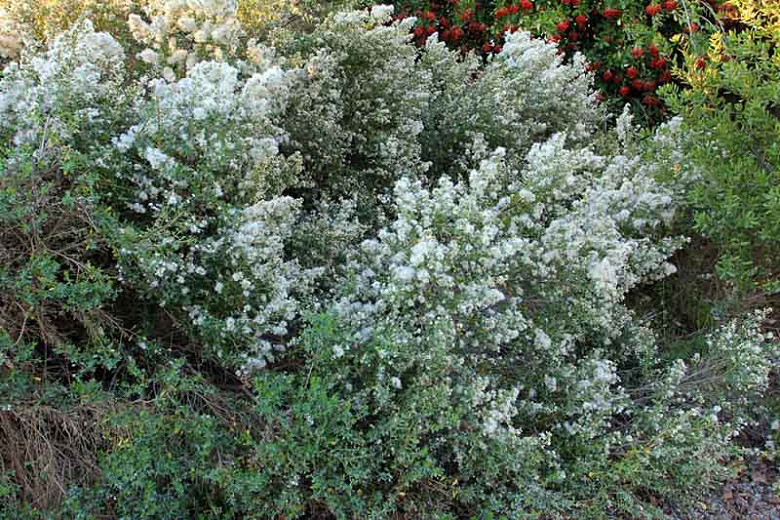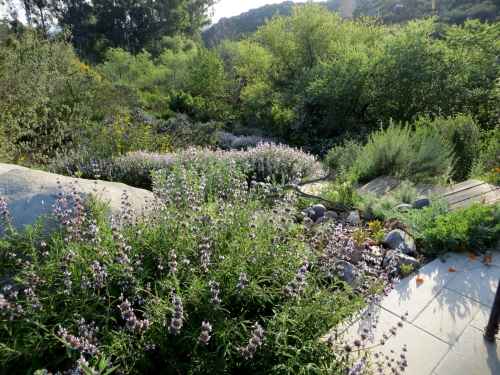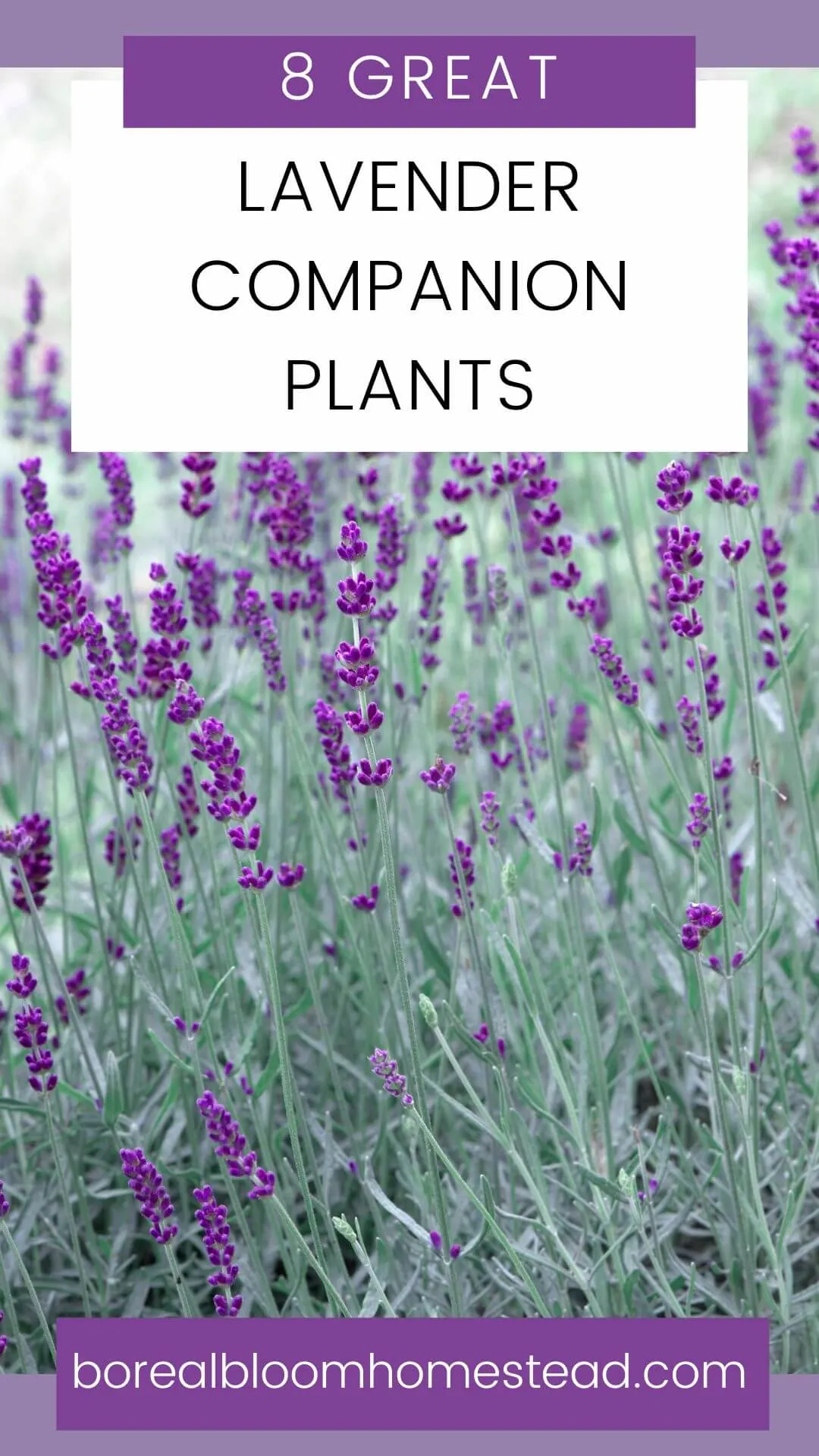The Best Companion Plants For Artemisia
The Best Companion Plants for Artemisia
Artemisia is a genus of flowering plants that includes over 400 species. These plants are native to Europe, Asia, and North America, and they come in a variety of shapes and sizes. Some of the most popular artemisia species include wormwood, mugwort, and sagebrush.
Artemisia plants are known for their silvery-gray foliage, which can add a touch of elegance to any garden. They are also drought-tolerant and easy to care for, making them a good choice for gardeners of all skill levels.
One of the best things about artemisia is that it can be used as a companion plant. Companion planting is the practice of planting certain plants together to benefit each other. When you plant artemisia with the right companion plants, you can improve the health and productivity of both plants.
Here are some of the best companion plants for artemisia:
- Carrots. Artemisia can help to repel carrot flies, which are a common pest of carrots.
- Onions. Artemisia and onions can help to suppress nematodes, which are microscopic worms that can damage plant roots.
- Leeks. Leeks and artemisia can help to improve the flavor of each other's crops.
- Sage. Sage and artemisia can help to repel mosquitoes and other insects.
- Rosemary. Rosemary and artemisia can help to improve the flavor of each other's crops.
- Lavender. Lavender and artemisia can help to attract pollinators to the garden.
- Ornamental grasses. Ornamental grasses can help to add height and texture to a garden, and they can also help to deter pests.
- Stonecrop. Stonecrop is a drought-tolerant plant that can help to improve the drainage of the soil.
When choosing companion plants for artemisia, it is important to consider the needs of both plants. For example, if you are planting artemisia with carrots, you will need to make sure that the two plants have similar water and sunlight requirements.
You should also consider the aesthetic appeal of the plants. Artemisia can be a strong-flavored plant, so you may want to choose companion plants that have a milder flavor.
With a little planning, you can create a beautiful and productive garden by planting artemisia with the right companion plants.
FAQ of artemisia companion plants
1. What are the benefits of planting artemisia companion plants?
Artemisia companion plants can offer a number of benefits, including:
- Attracting beneficial insects. Artemisias are known for attracting beneficial insects, such as ladybugs, lacewings, and hoverflies. These insects help to control pests in the garden.
- Repelling pests. Some artemisia species, such as wormwood, have strong scents that can repel pests, such as mosquitoes, flies, and rabbits.
- Improving soil health. Artemisias are deep-rooted plants that can help to improve soil health by breaking up compacted soil and adding nutrients.
- Adding beauty to the garden. Artemisias come in a variety of colors, shapes, and sizes, so they can add beauty to any garden.
2. What are some good companion plants for artemisia?
Some good companion plants for artemisia include:
- Cucumbers. Artemisias can help to repel cucumber beetles, which are a major pest of cucumbers.
- Tomatoes. Artemisias can help to improve the flavor of tomatoes.
- Lavender. Lavender and artemisia both have strong scents that can repel pests.
- Marigolds. Marigolds can help to repel nematodes, which are a common pest of many plants.
- Sunflowers. Sunflowers and artemisia can help to attract beneficial insects.
3. How far apart should artemisia companion plants be planted?
The distance between artemisia companion plants will depend on the size of the plants. For smaller plants, you should space them about 12 inches apart. For larger plants, you should space them about 24 inches apart.
4. When should artemisia companion plants be planted?
Artemisia companion plants can be planted in the spring or fall. If you are planting them in the spring, wait until the soil has warmed up to at least 60 degrees Fahrenheit. If you are planting them in the fall, plant them before the first frost.
5. How do I care for artemisia companion plants?
Artemisia companion plants are relatively easy to care for. They need full sun and well-drained soil. They are drought-tolerant, so you only need to water them when the soil is dry. You should fertilize them once a year in the spring with a balanced fertilizer.
Image of artemisia companion plants
5 different images of "artemisia companion plants" from Pinterest:
- California buckwheat (Eriogonum fasciculatum) is a drought-tolerant groundcover that can help to suppress weeds and improve soil drainage. It is also a good source of nectar for pollinators.

- Coyote brush (Baccharis pilularis) is a shrub that can attract butterflies and other beneficial insects. It is also tolerant of poor soil and drought conditions.

- Black sage (Salvia mellifera) is a perennial herb that is native to California. It is a good source of nectar for pollinators and can help to attract beneficial insects.

- Yarrow (Achillea millefolium) is a hardy perennial that can help to repel pests and diseases. It is also a good source of nectar for pollinators.

- Lavender (Lavandula angustifolia) is a fragrant herb that can help to deter pests and attract pollinators. It is also drought-tolerant and easy to care for.

Post a Comment for "The Best Companion Plants For Artemisia"